Team-by-team draft needs: Eastern Conference edition

When you boil it down, there are two ways to approach the NHL draft. You can pick the best player available, or you can draft to fill an organizational need. Most draft pundits feel taking the former is the smartest way to build a strong, deep prospect pool. Some teams, however, disagree.
If, this year, every team drafted purely to fill an organizational need, what kind of player would they be looking for?
Let's take a look at the Eastern Conference teams first. Note: For some of these teams, "need" is a term relative to their prospect pool and not a commentary on whether that pool is strong or weak from a larger perspective.
Boston Bruins
In the years since 2015, when the Bruins selected Jakub Zboril, Jake DeBrusk, and Zachary Senyshyn at picks 13, 14, and 15 - leaving several more highly regarded players on the board - they put themselves on the road to redemption in the prospect arena. Still, every team has its needs, and when the Bruins' depth chart is examined, one position is noticeably thinner than others: the left wing.
The Bruins' first selection is at 57. They won't find a player there who can jump into the NHL next year, but with the way they're currently built, they don't need to. What they can do is find a left-winger like Blake McLaughlin (who also plays center), who is headed to the University of Minnesota in the fall and has time to grow.
Buffalo Sabres
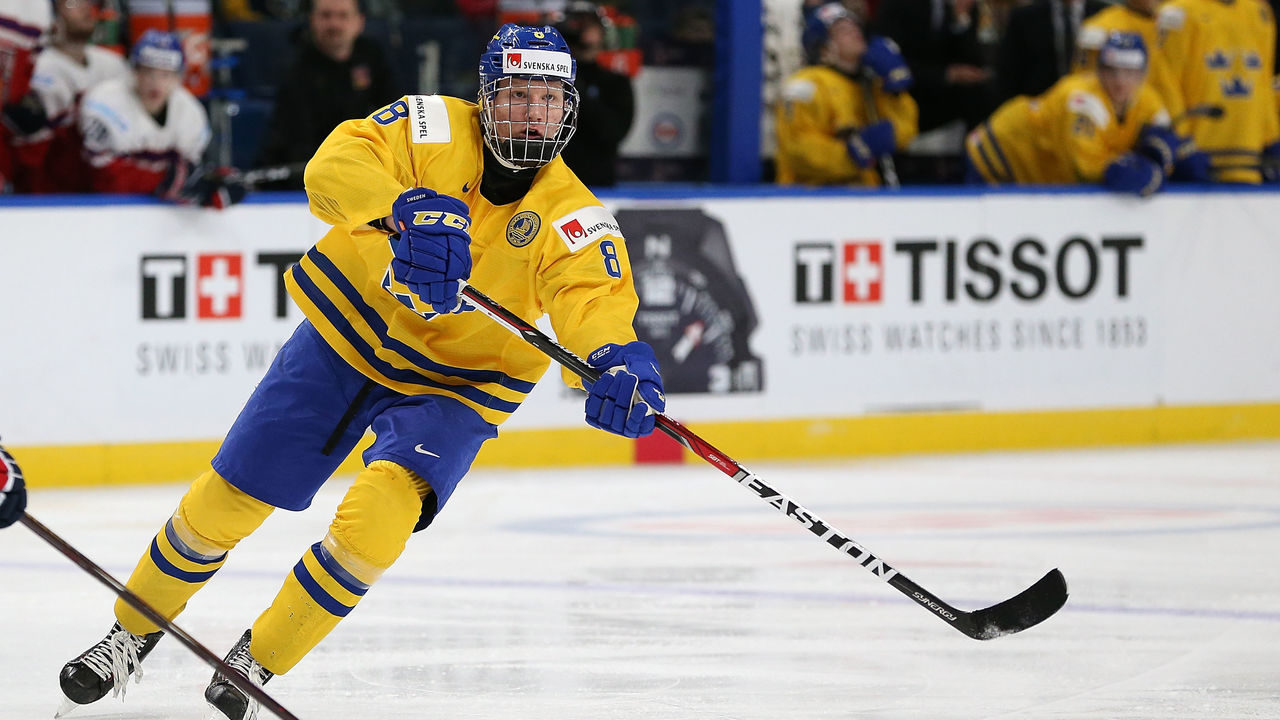
It would be easy to answer the question "What do the Sabres need?" with "everything." Coincidentally, drafting the best player available would be a great strategy when trying to fix things from a big-picture perspective. If it had to be narrowed down to one area, however, defense seems the best place to start. Don't be fooled by the long list of players on the Sabres' depth chart - there aren't as many capable of making an impact in the NHL as one might think.
Rasmus Dahlin will obviously be a great start to addressing this problem. Since the first overall pick is an easy one to make, the Sabres need to look further at their board and determine who they want most at pick No. 32. There are enough defensemen to snag someone talented here - Mattias Samuelsson, for example.
Carolina Hurricanes
The Hurricanes' most pressing need is better goaltending, but that's not easily addressed through the draft. The next item on the list is an electric scorer. Those are usually hard to come by, as well, unless you hold the second overall pick and Andrei Svechnikov is available. Much like in Buffalo, the best available player will also fill a major need.
With their second pick (42nd overall), however, the Hurricanes may want to target a different area of need: impact defensemen. Defense has recently been a strength for the Hurricanes, but most of their players with high-end potential have graduated to the NHL. It's time to replenish those stocks. Ryan Merkley may be available at 42, and a low-pressure market like Carolina just might be what he needs to get it together and thrive.
Columbus Blue Jackets
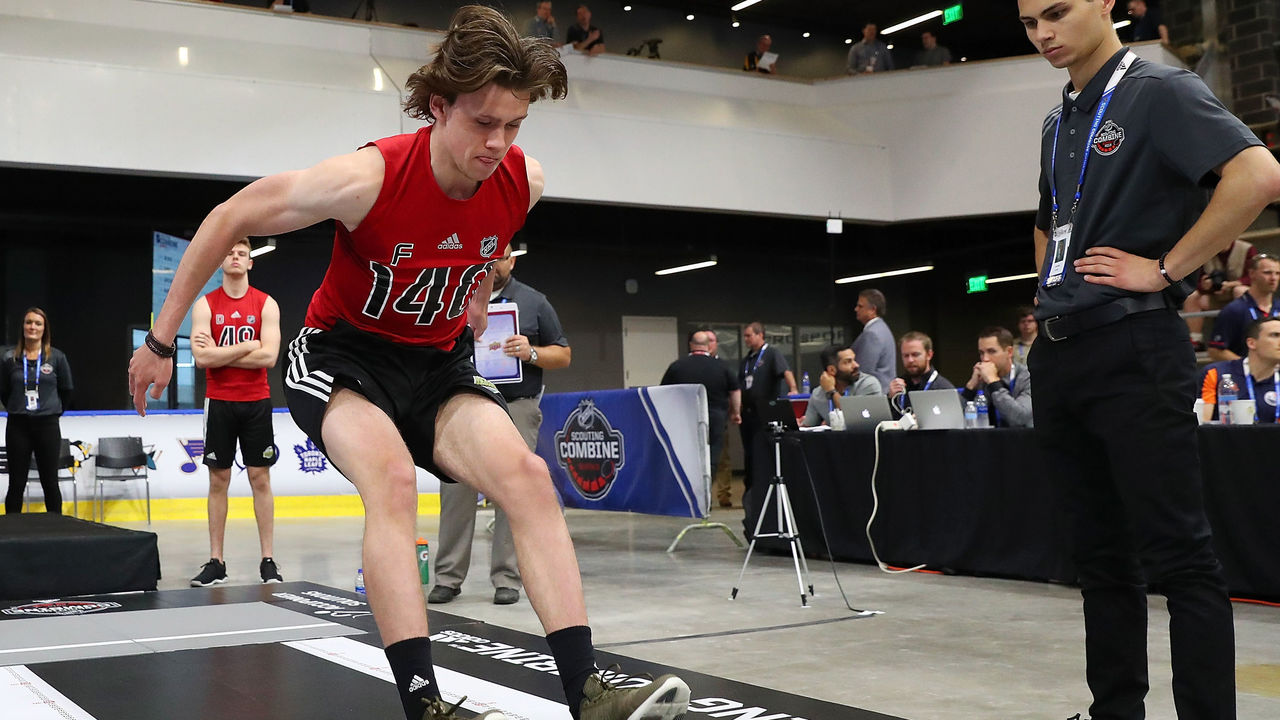
The Blue Jackets' forward prospect pool has some bright spots, including Vitali Abramov, Sonny Milano, and potentially Alexandre Texier (depending on his continued performance in the Liiga and, eventually, how he adjusts to North American ice). Outside of those bright spots, however, things grow dim.
With picks 18 and 49, Columbus should swing for the fences. Ideally, it'll look for forwards who, sure, might be a little high-risk compared to others, but who have a shot at being something special. Consider players such as Grigori Denisenko or Dominik Bokk at 18 and someone like Allan McShane at 49.
Detroit Red Wings
Given that the Red Wings own the sixth overall pick - their highest since 1990 when they drafted Keith Primeau - and their prospect pool is thin on impact defensemen, it would be a mistake for them not to select the best defenseman on the board when their time comes. Whether that is Adam Boqvist, Evan Bouchard, Quinn Hughes, or someone else entirely, remains to be seen.
Center depth is never a bad thing to build up and it's an area the Red Wings could stand to address. Digging deep with their later picks - 33 and 36, especially - could allow them to do this. Someone like Jake Wise, who has fallen down draft boards due to extended time out with injury, may still be available.
Florida Panthers
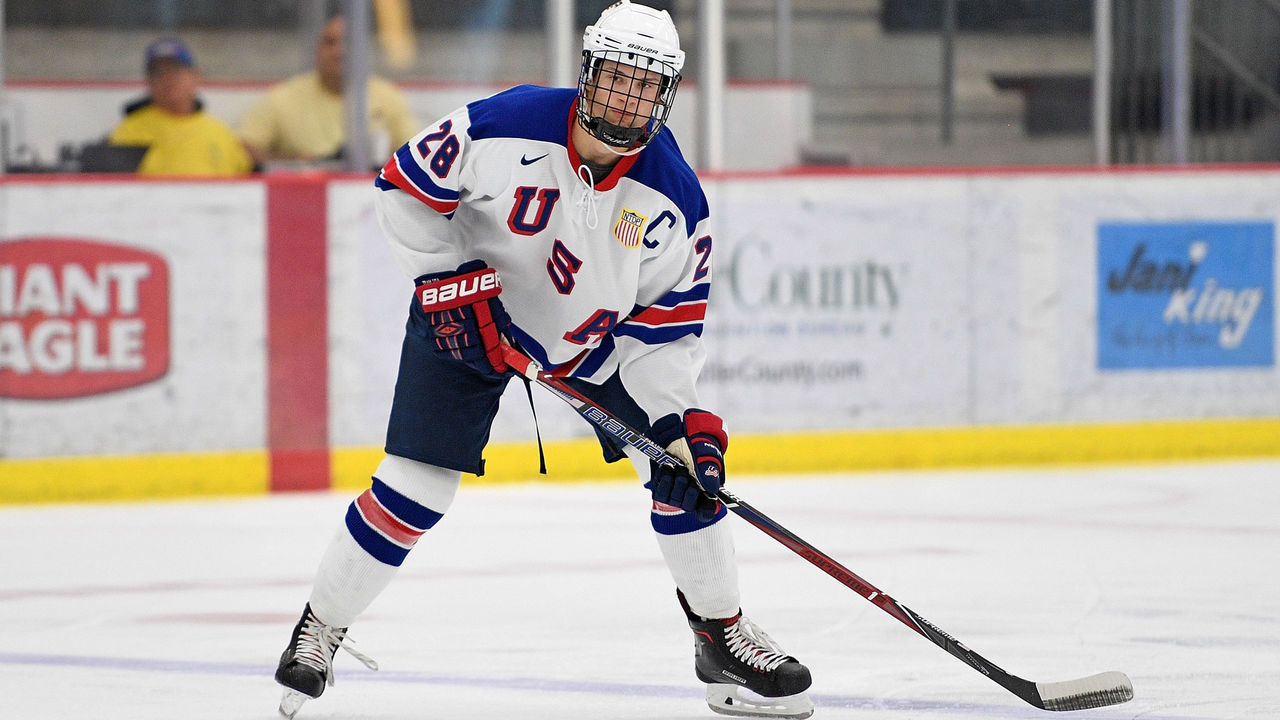
The Panthers have some fun young forwards in their system, including Aleksi Heponiemi and Henrik Borgstrom. They just let another one go in Adam Mascherin, who returns to the pool of draft-eligible players and will likely be a good overage pickup or free-agent signing for another team. While their defensive pool isn't shallow, it's lacking in names that jump off the page.
With selections at 15 and 34, the Panthers could conceivably find both a forward with solid hockey smarts and a puck-moving defenseman. In terms of players, that might look something like Joel Farabee or Rasmus Kupari, along with Jared McIsaac or Jett Woo.
Montreal Canadiens
The Canadiens need centers, and rumor has it Marc Bergevin may even be interested in trading down from third to select Jesperi Kotkaniemi, ideally getting an NHL-ready center in the process. Depending on the center in question, that might be a smart move by Bergevin (especially if the Habs were to otherwise select Brady Tkachuk at third). The key would be to trade down just far enough that no one else would take Kotkaniemi first, which limits trade partners. Take every draft-day trade mentioned this far out from the event itself with a grain of salt, however.
The more interesting aspect of the Habs' situation is this: they also hold picks 35, 38, 56, and 62 in the second round. Centers available at those positions could include Jack McBain, Benoit-Olivier Groulx, and Cameron Hillis.
New Jersey Devils
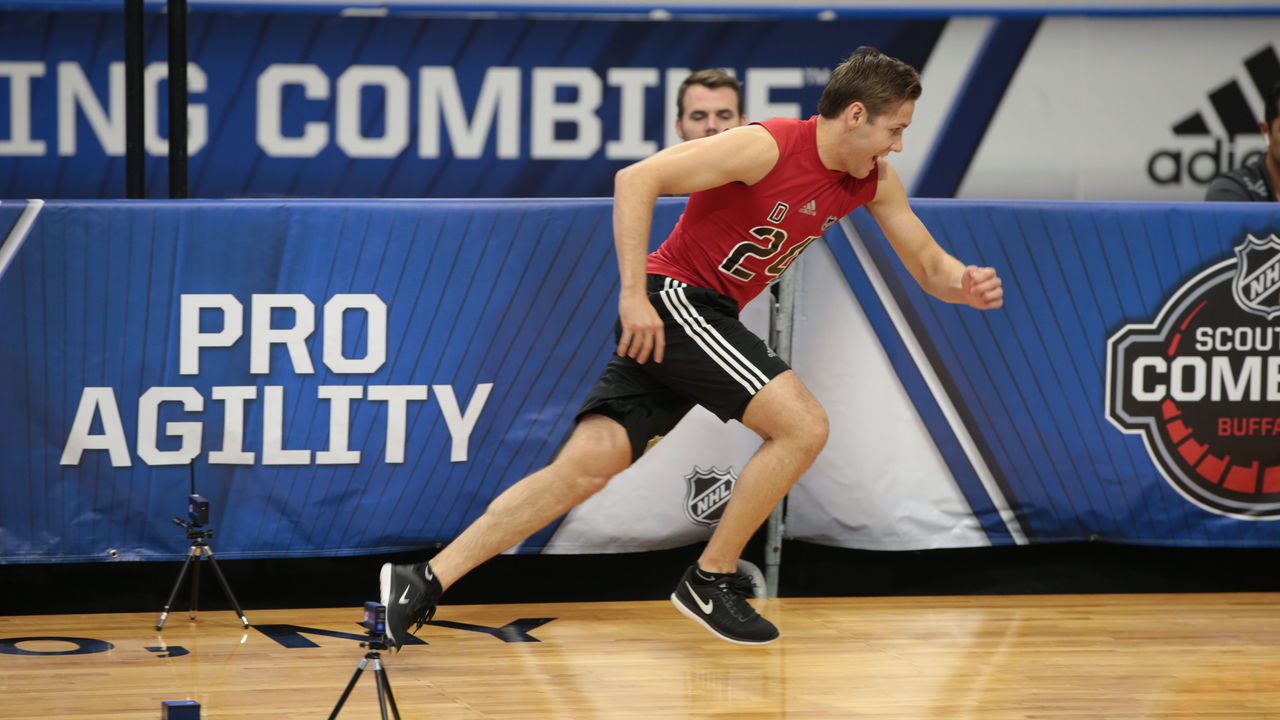
The Devils are a team that is trending in the right direction, but to move from trending to annually contending, they'll need to bolster their prospect pool all-around. Ideally, those picks will be smart and quick to complement the big-name players either already on the NHL roster or graduating to it soon.
The Devils select at No. 17, then don't have another pick until the fourth round, so the pressure to hit on their first-round pick is high. Appealing players potentially available at 17 include Ty Smith on defense (who should go higher but could very well drop), Grigori Denisenko on the wing, and Ryan McLeod at center.
New York Islanders
For the Islanders, right-wing depth is noticeably a weaker area than others -especially if things continue apace with Josh Ho-Sang. The Isles' apparent center depth is also deceptive. Selecting at 11 and 12 in the first round, along with 41 and 43 in the second, provides an opportunity to bolster these areas. Centers like Barrett Hayton and Joe Veleno should be available in the first round, while the Isles could see their second-round picks turn into players like American high school center Jay O'Brien and winger Jesse Ylonen.
New York Rangers
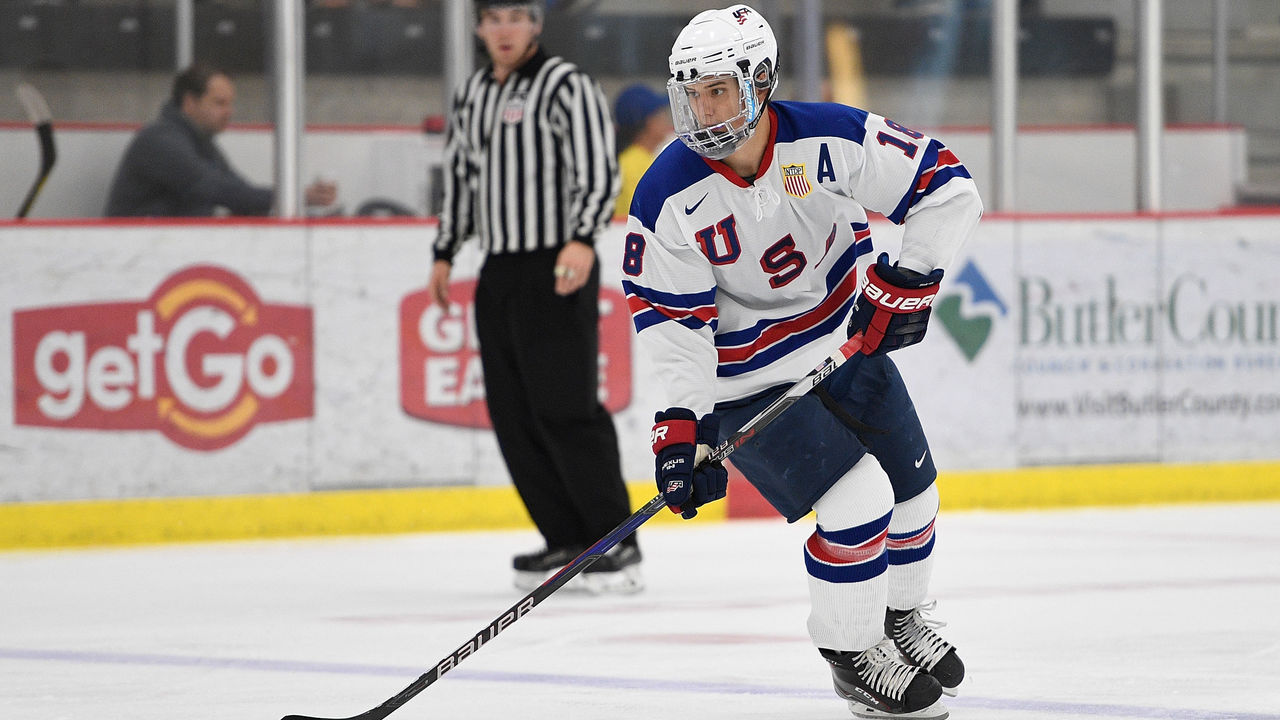
Touching base with a Rangers pundit brought about an intriguing answer to their "biggest need" question: high-risk, creative forwards. The Rangers have five picks in the first two rounds alone - nine, 26, 28, 39, and 48. While chances are good they'll try and package some of these to move up, choosing to make all five picks would provide plenty of opportunity to pinpoint high-risk picks who might pan out.
Oliver Wahlstrom may still be available at nine, while creative forwards available at the end of the first round and beginning of the second look more like Ty Dellandrea or Martin Kaut. Realistically, Kaut should be gone by then, but medical issues at the combine could cause him to fall for some teams. If that happens, the Rangers should take advantage.
Ottawa Senators
Aside from Filip Gustavsson, acquired from the Pittsburgh Penguins this past season in the Derick Brassard trade, the Senators' goalie depth looks somewhat uninspiring. While this isn't the team's only need, forwards and defensemen can be acquired at picks four and 22. This year's goaltending options aren't quite outstanding enough to justify being picked at those spots. Here's the problem: the Senators don't select again until pick 95 at the top of the fourth round.
One of the top goaltenders available is Jakub Skarek. You might remember him from his standout performance with the Czech team at this year's World Junior Championships. If the Senators choose to wait until pick 95, Skarek may still be available, but that depends entirely on how other teams' draft boards shake out. If he isn't, someone like Jacob Ingham or Keegan Karki might appeal.
Philadelphia Flyers
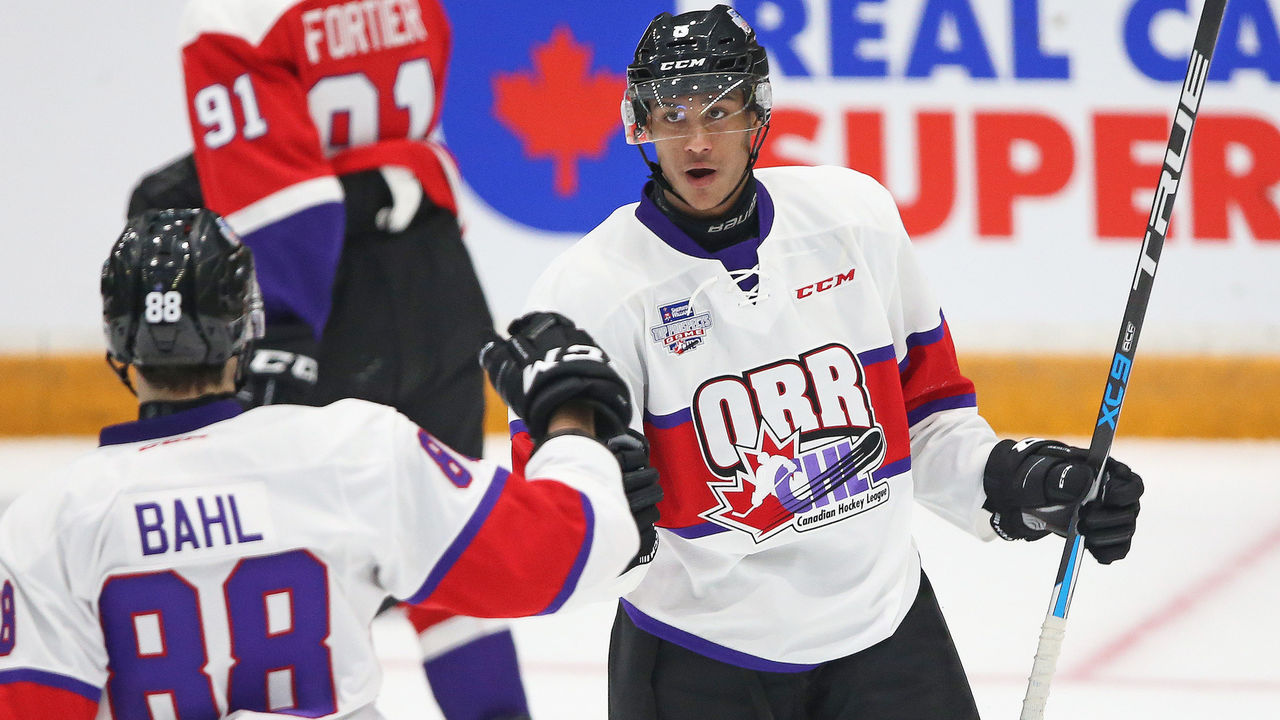
The Flyers certainly aren't lacking in prospects, and have some, like Morgan Frost - coming off a dominant OHL campaign - who jump off the page at you and demand to be noticed. At right wing, however, their depth is a little thinner on those look-at-me prospects than other positions.
With picks 14 and 19 in the first round and pick 50 in the second, the Flyers can address that need. Names like Serron Noel and Martin Kaut (if he doesn't fall post-combine) come to mind as options for one of the first-round picks, while players available at 50 might look something like Jonatan Berggren (if he does fall) or Nando Eggenberger. Berggren comes with the ability to play both center and wing, while Eggenberger has the bonus of being one of the best names in the draft.
Pittsburgh Penguins
Defense was once a strength for the Penguins' prospect pool, but in recent years, it's slipped. Look no further than 2016 third-round pick Connor Hall, whose rights the Penguins relinquished at the end of May. Hall was taken at pick 77. Also available at 77 that year? Montreal Canadiens defenseman Victor Mete. Swing and a miss.
The Penguins' first pick this year is at 53. Given the influx of defensemen in this year's draft class, there's a good chance they'll be able to find someone who, with a little investment by their development staff, will be worthwhile. However, that depends entirely on what their draft board looks like.
Tampa Bay Lightning
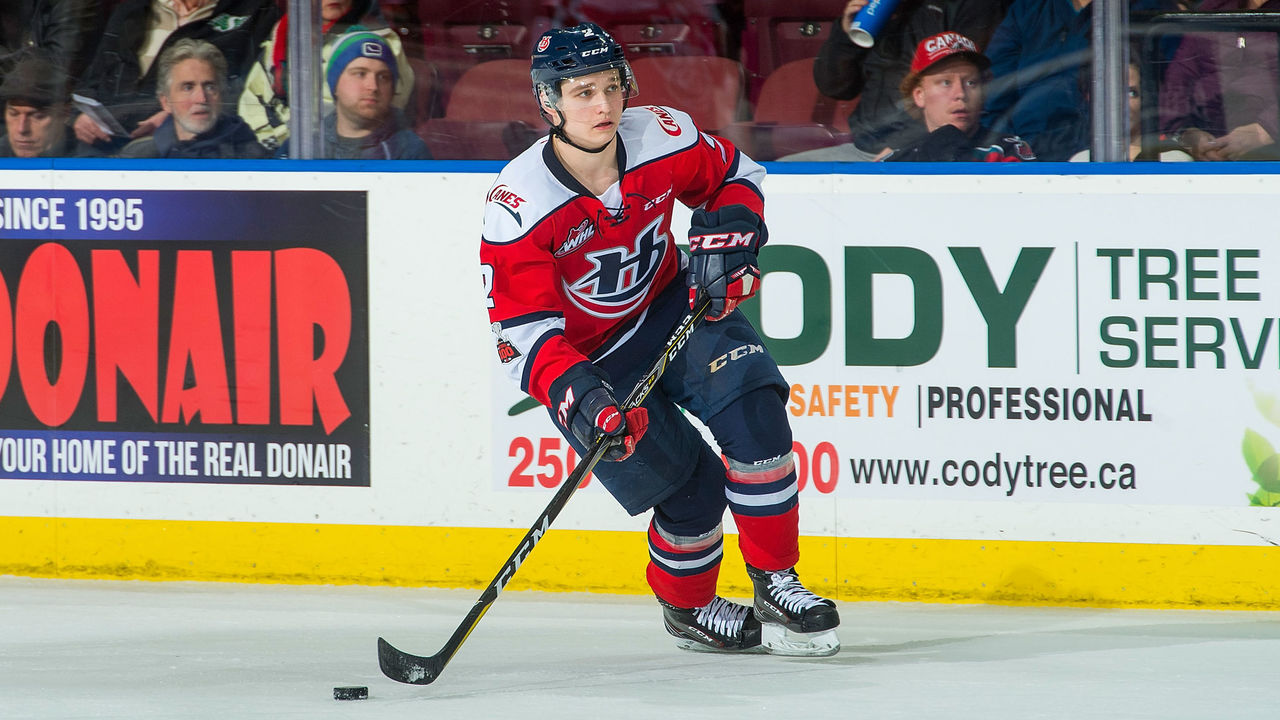
Let's be honest, the Lightning have an embarrassment of riches when it comes to prospects. Steve Yzerman and Co. have tackled the draft quite well, especially in recent years, hitting on players at whom other teams may turn up their noses. How, then, do the Lightning approach their draft from a need perspective?
When in doubt, especially in a draft like this year's, pick puck-moving defensemen. Sure, there are only so many spots on a roster, but the more you draft, the better your chances of pinpointing a pick that will hit. The Lightning's first pick comes in at No. 59 this year. Defensemen still available might include Calen Addison or Nils Lundkvist. Both would need more development time, and the Lightning could give it to them.
Toronto Maple Leafs
At first glance, the Leafs appear to be prepared for the future. After all, look at what their AHL team is doing in the Calder Cup playoffs right now. Upon closer examination, however, it's clear high-end center depth outside the Leafs' roster is likely not what they want it to be.
The Leafs pick at 25 and 52. Players like Ryan McLeod or Akil Thomas could be available in the first round, while the second round might provide someone like Liam Foudy.
Washington Capitals
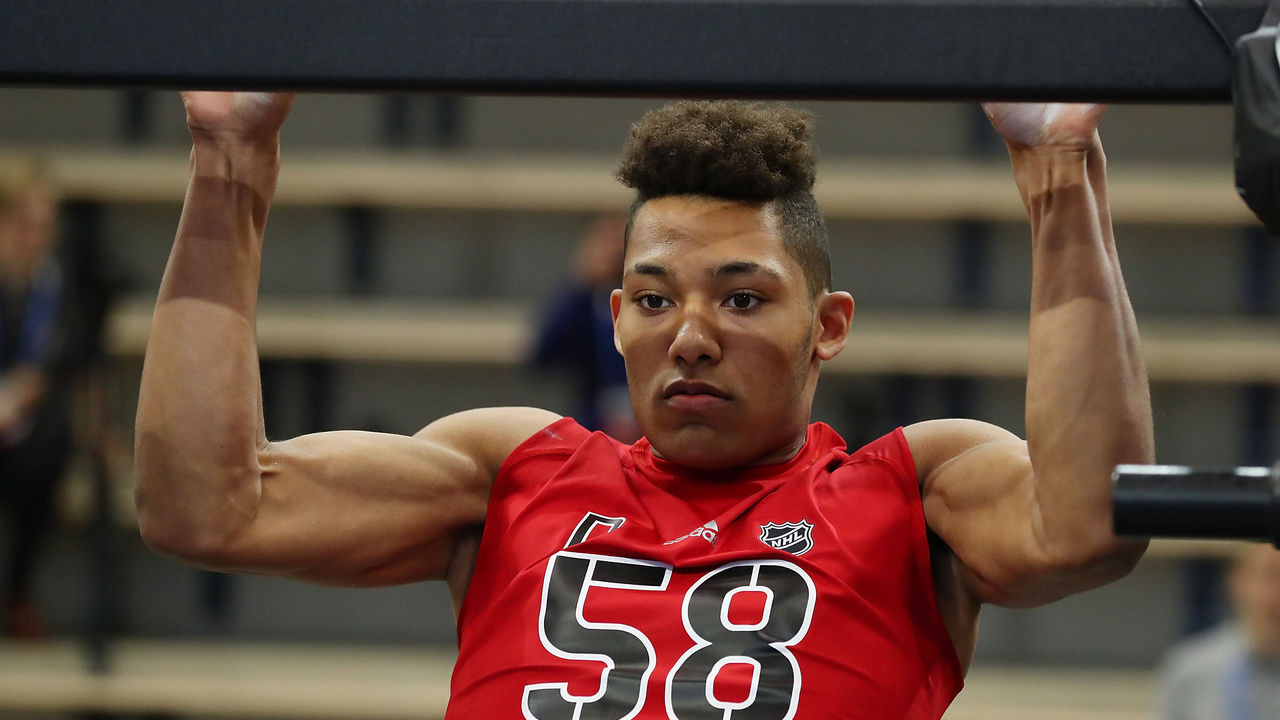
The 2018 Stanley Cup Champions built their team, in large part, through drafting, and they'll need to continue that solid work to best position themselves to win another championship down the road. While much of their prospect pool is in good shape, they're another team that could benefit from adding smart, creative players. By drafting guys who have high-end smarts and can think the game at those top speeds, they'll set themselves up for future success.
The Capitals hold pick 31 at the end of the first round and pick 46 in the mid-second. It's possible another team could choose to trade down from its late (but earlier than 31st) first-rounder for those two picks. However, if the Caps choose to make both, players available might include defensemen Jonathan Tychonick or K'Andre Miller at 31 and center Jay O'Brien or center/wing Filip Hallander (if he's still around) at 46.
Hannah Stuart keeps a close eye on both drafted and draft-eligible prospects and can usually be found trying to learn more about hockey analytics. She has previously written for FanRag Sports, The Hockey Writers, and Hooked On Hockey Magazine, and can also be found at High Heels and High Sticks. Find her on twitter at @HockeyWthHannah.
(Photos courtesy: Getty Images)